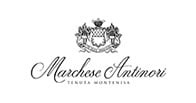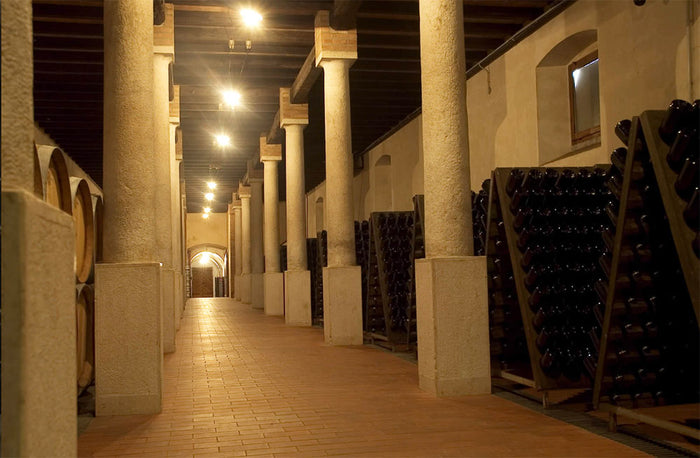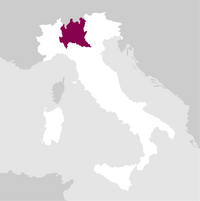Awards
Details

Perlage

Perfume

Color

Taste
Serve at:
06 - 08 °C.
Longevity:
05 - 10 years

Pairings
- Start up year: 1999
- Oenologist: Renzo Cotarella, Giorgio Oddi
- Bottles produced: 500.000
- Hectares: 60
The most important building is undoubtedly the 'Palazzetto Maggi' built in the 16th century and frescoed by the Lattanzio Gambara (1530-1574) from Brescia. This building is located in the centre of two large courtyards enclosed by porticoes.
The small church of Santo Stefano is also part of the estate. It is on the hill of the same name and overlooks the village: immersed in greenery amidst vineyards, this thousand-year-old parish church, with its Greek-cross plan, has for centuries preserved the tombs of the local noble Calini family. Read more


| Name | Marchese Antinori Tenuta Montenisa Franciacorta Blanc de Blancs Brut |
|---|---|
| Type | White brut |
| Denomination | Franciacorta DOCG |
| Size | 0,75 l |
| Alcohol content | 12.0% by volume |
| Grape varieties | 100% Chardonnay |
| Country | Italy |
| Region | Lombardy |
| Vendor | Montenisa (Antinori) |
| Story | The Montenisa Estate is located in the heart of Franciacorta, in the village of Calino, near the Lake of Iseo. In 1158, the bishop of Brescia granted the town to a local noble family and towards the end of the 19th century, Lavinia Calini, who married Gaetano Maggi, inherited the property, which has always remained part of the estate of the noble Brescian family. In 1999, the Marchesi Antinori family and the Conti Maggi family came to an agreement for managing the lands surrounding the main villa, with the objective of producing a great Franciacorta in the noble vineyards. |
| Origin | Cazzago S. Martino (BS). |
| Wine making | The chardonnay grapes were gently crushed in whole bunches. The ‘fiore’ grape must, which is that which is obtained from the first gentle pressing of the grapes, underwent the first alcoholic fermentation in part in stainless steel tanks, and in part in barriques. During the spring of the following year, the wine began the second phase of fermentation in the bottle and remained in contact with the yeasts for a period of at least 30 months. The remuage (process by which sediment is drawn to the neck of the bottle so it can be removed) was done by hand. In order for the wine to be able to best express its naturally fragrant notes, the disgorging was done without the addition of dosage. |
| Aging | After disgorging, the bottles were set aside for at least three months before being introduced on the market. |
| Allergens | Contains sulphites |






